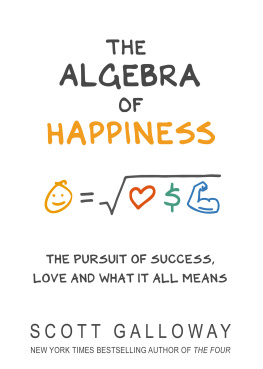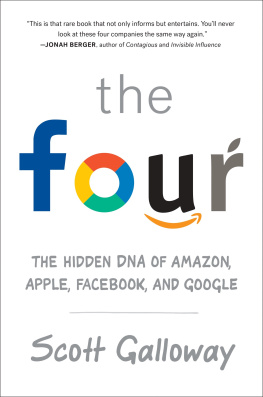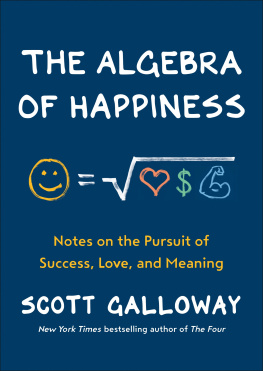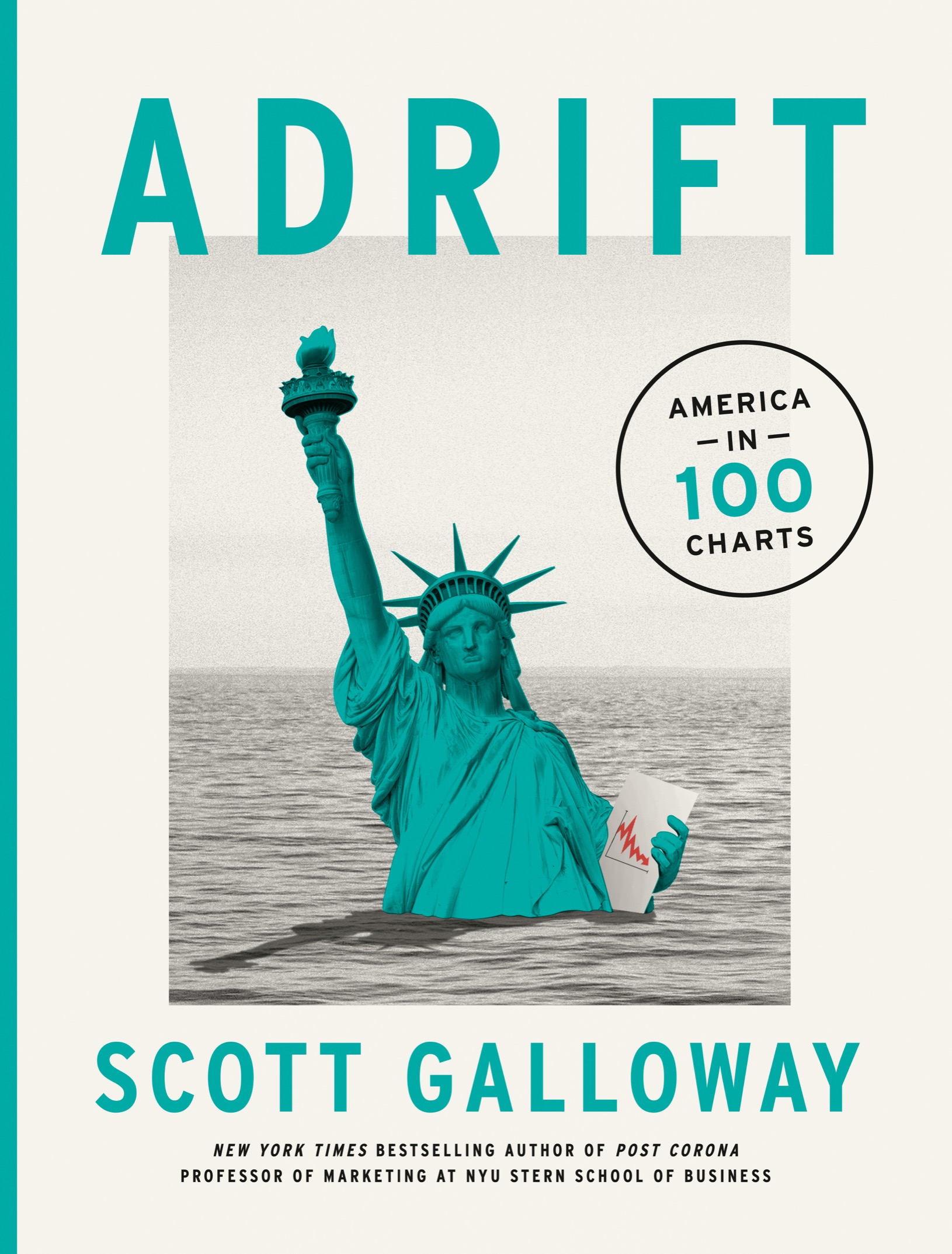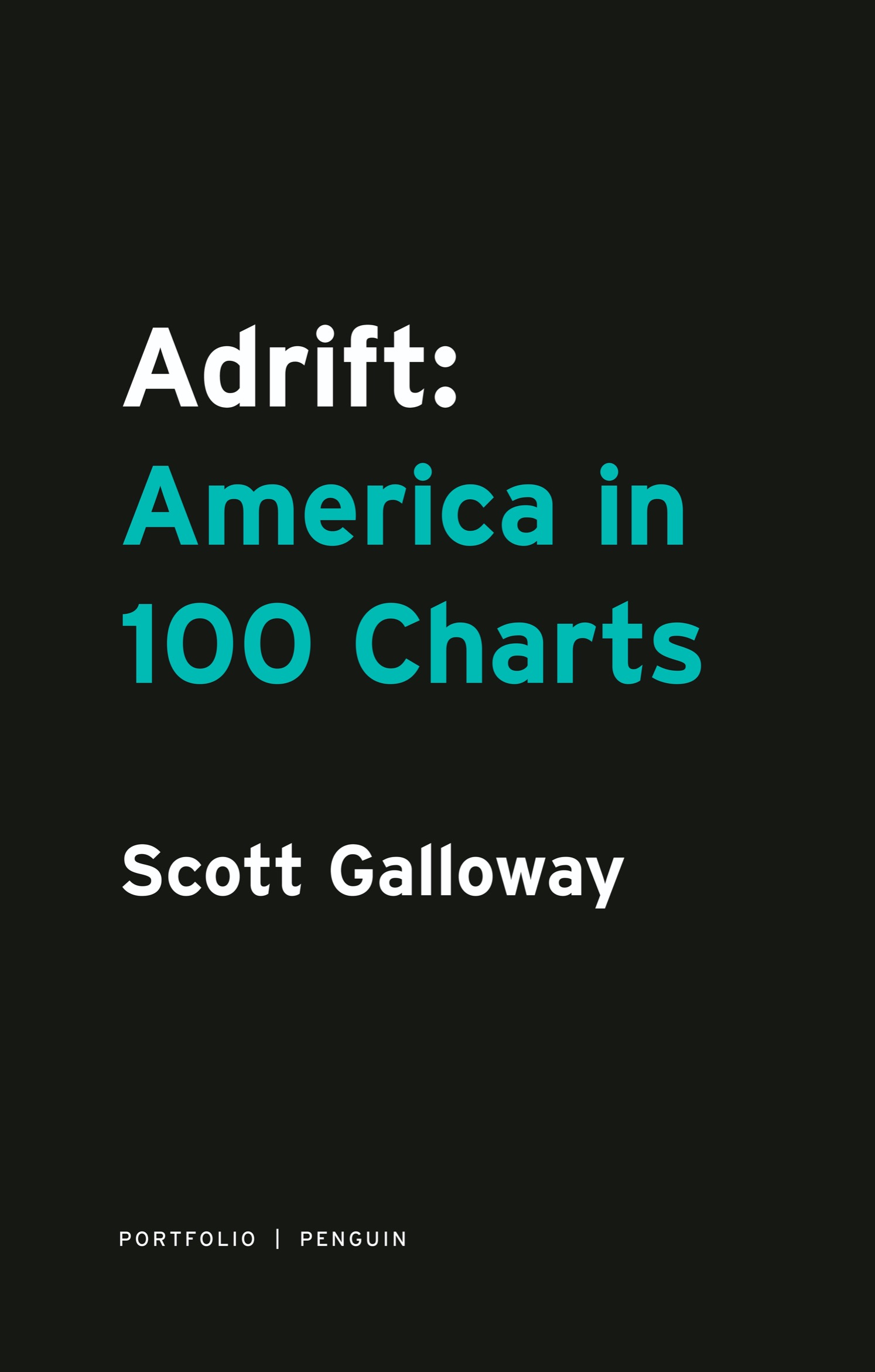Life isnt what happens to you, but how you react to what happens to you. Nations prosper or perish based on how they respond to crises.
Preface: Ballast
We are a nation adrift. We lack neither wind nor sail, we have no shortage of captains or gear, yet our mighty ship flounders in a sea of partisanship, corruption, and selfishness. Our discourse is coarse, young people are failing to form relationships, and our brightest seek individual glory at the expense of the commonwealth. Our institutions are decaying, and the connective tissue of society frays nearly beyond repair. On the horizon, darkness and thunder. To the west, China rises. In the east, Europe fades.
What will it take to turn this vessel before the wind and plot a course for peace and prosperity? OK, enough with the sailing metaphors. I cant tell a mainsail from a jib, but I do know how to read a chart. Theres something powerful about the visual representation of data; it reaches our instinctive ability to assess by sight vs. the intellectual exercise of reading words and data. For years now, Ive been talking to people on my podcasts, in business, and at NYU, where I teach, about the state of America and where were headed. Over and over, I find that data clarifies those conversations, helps me see things clearer. So when I decided to collect my views on this essential question of Americas sputtering progress, it seemed natural to do it with charts front and center.
What the data tells me is not complicated: America is a work in progress, but its made the most progress toward its ideals, its become the most like itself, when it has invested in a strong middle class. There, thats my grand economic theory. What makes me so sure about this? The data. And the story that data tells.
That story begins nearly eighty years ago. In the summer of 1945, the most destructive event in humanitys long history of violence came to an end. Nazi Germany collapsed in April, and in August, after the U.S. dropped two atomic bombs, Imperial Japan surrendered. Nations devastated by battle would take a generation to rebuild. The U.S. faced a different problem.
Though American soil saw little combat, the war transformed the U.S. economy. The automobile industry retooled to build tanks and planes. Shipping and internal transportation were reconfigured to support armament production and transport. Rations limited the consumption of goods ranging from gasoline to soap. In 1945, 40% of the nations GDP was directed to the war effort. (Today, we spend 3.7% of our GDP on the military.) The U.S., in a deep depression before the war, had been reanimated into a purpose-built economy, Roosevelts Arsenal of Democracy.
With the arrival of peace, that purpose dissipated. The economy lost the customer responsible for almost half of its business. Tank factories and shipping depots closed; over the following twenty-four months, the U.S. military shed 10 million service members. Ten million people, mostly young men, needed jobs, homes, cars, and... prospects.
When the ticker tape parades finished, wages began to fall and rents began to rise. Workers in every major industry went on strike, and a nationalist movement began bubbling up from the simmering belief that wed overinvested abroad at the expense of domestic needs. Planners feared that the economy would return to the pre-war Depression, or worse.
Except thats not what happened. Instead, the arsenal of democracy transformed into the engine of capitalism. The next thirty years brought record-low unemployment, sustained economic growth, and widespread investment in infrastructure and R&D.
The leap forward in the human condition was breathtaking, and not just in the U.S. Infant mortality and poverty plummeted worldwide, and life expectancy and literacy skyrocketed. A global effort, largely funded and led by the U.S., eradicated smallpox. The disease that had killed 90% of Indigenous Americans became the first to be eradicated by human intent. In 1969, three brave astronauts traveled 240,000 miles (note: approximately 3,600 times farther than Blue Origins New Shepard), and an American set foot on Earths only natural satellite.
The Rise of the Middle Class
How did this happen? Much has been made of the Greatest Generation, the men and women whose character was forged by the struggles of the 1930s and 40s and who are credited with building the economic colossus America, Inc.
But greatness is in the agency of others. Workers joined unions to secure higher wages and safer conditions. Membership grew in organizations from the Girl Scouts to Kiwanis. Societal connective tissue grew and strengthened. Team sports and little leagues became neighborhood fixtures and multimillion-dollar enterprises.
Underlying this prosperity was robust state support. The G.I. Bill funded college for 2 million soldiers and home loans and small business loans for hundreds of thousands more. Trumans housing legislation expanded the governments role in building homes and financing home ownership. Eisenhower launched a forty-year project to build a national highway system, at a cost of over $500 billion in todays dollars. Income taxes were progressivethe top rate was 91%and the wealth of the biggest earners was redistributed through social programs and investments in infrastructure, education, and science.
The years after World War II were an era of great innovationthe computer, the cellular phone, and the internet are all products of the postwar period. But the U.S.s greatest innovation was not a thing, it was a social and economic construct: the middle class.
A broad, inclusive, and prosperous middle class provided capitalism something it had long lacked: ballast. Sorry, just one more nautical metaphor. Ballast is a heavy materialbeneath the surface, invisiblethat provides stability to a boat. The more tumultuous the environment, the more important the ballast. The absence of this steadying force increases the likelihood a ship will capsize, regardless of the value of the contents sitting above the surface.



